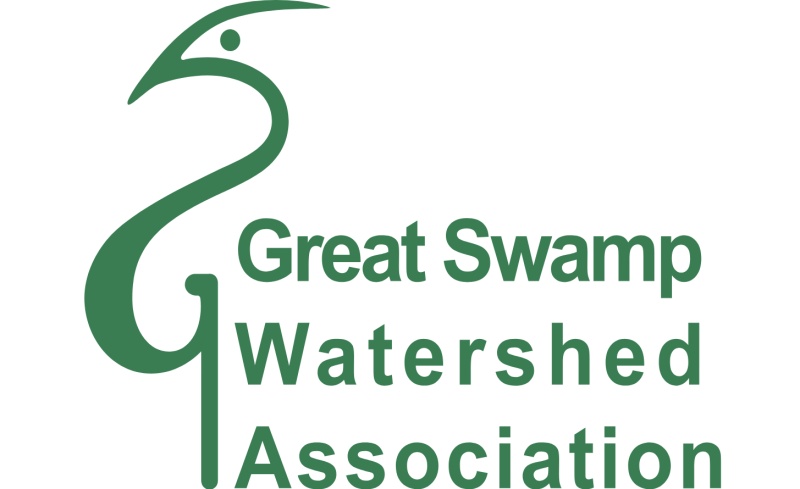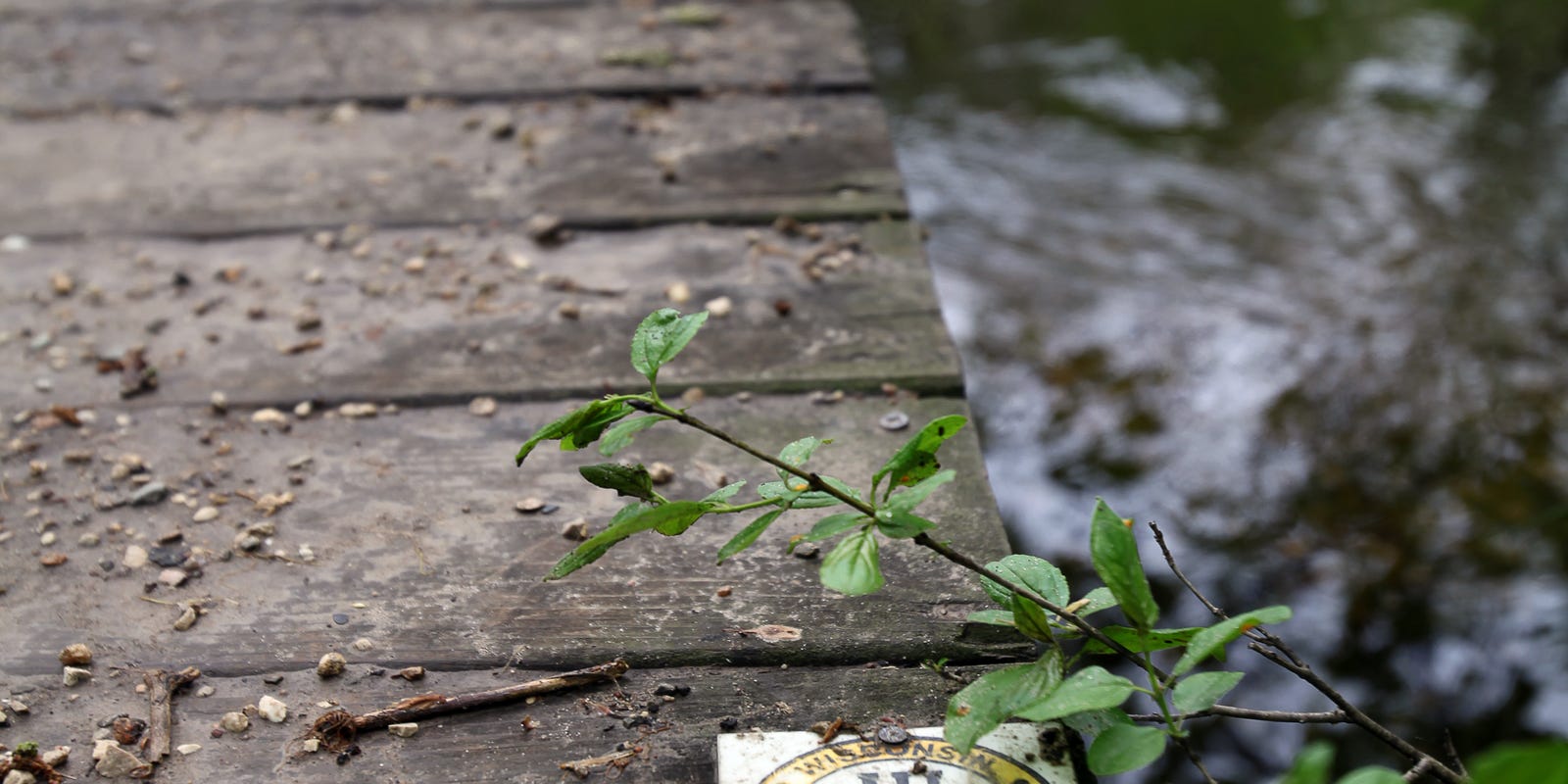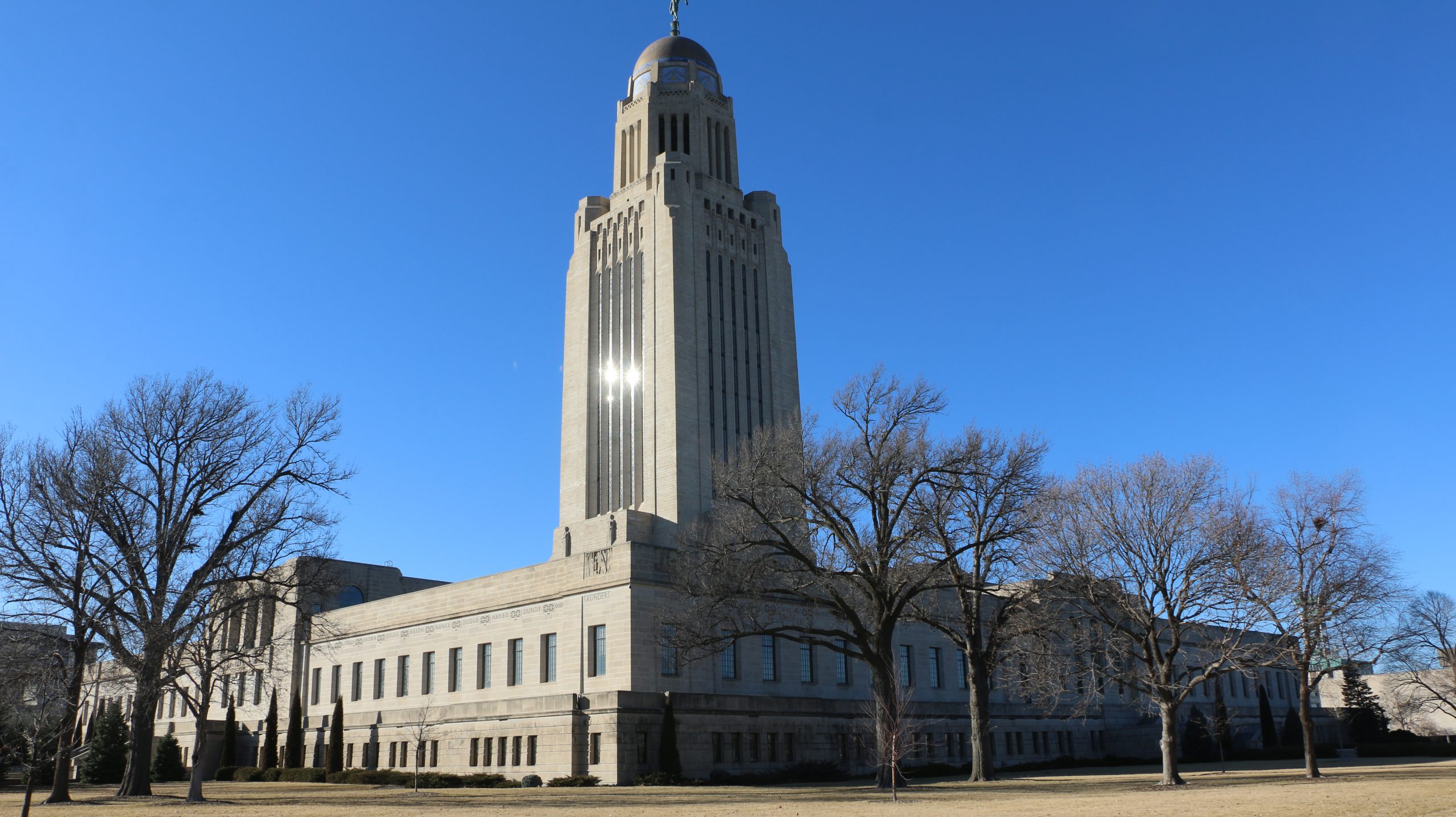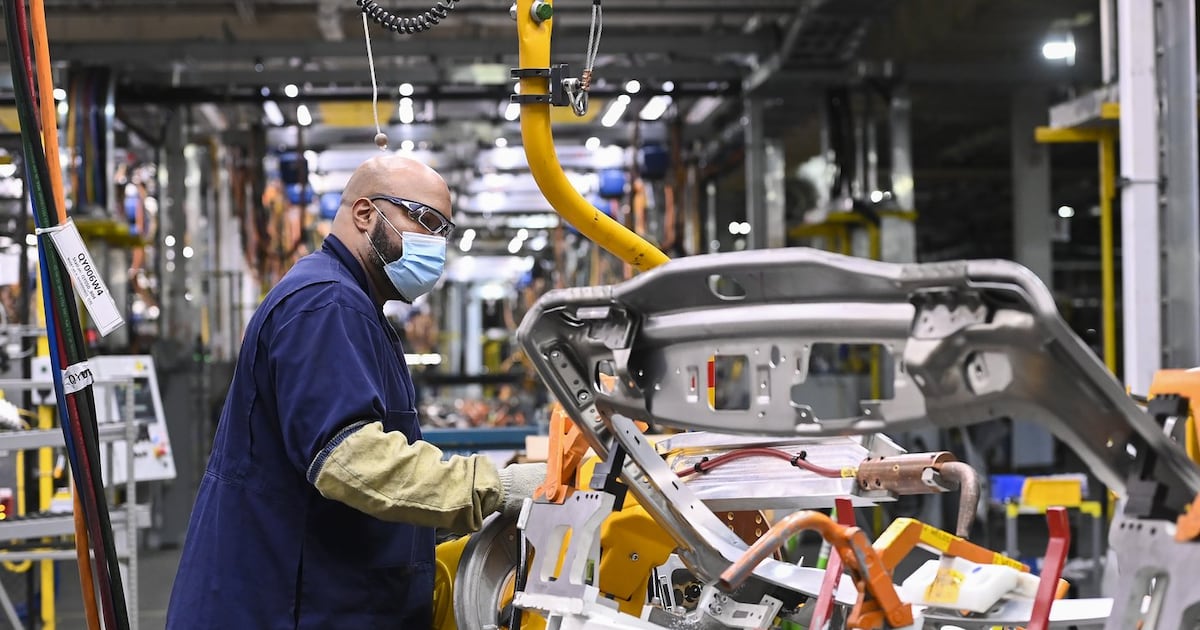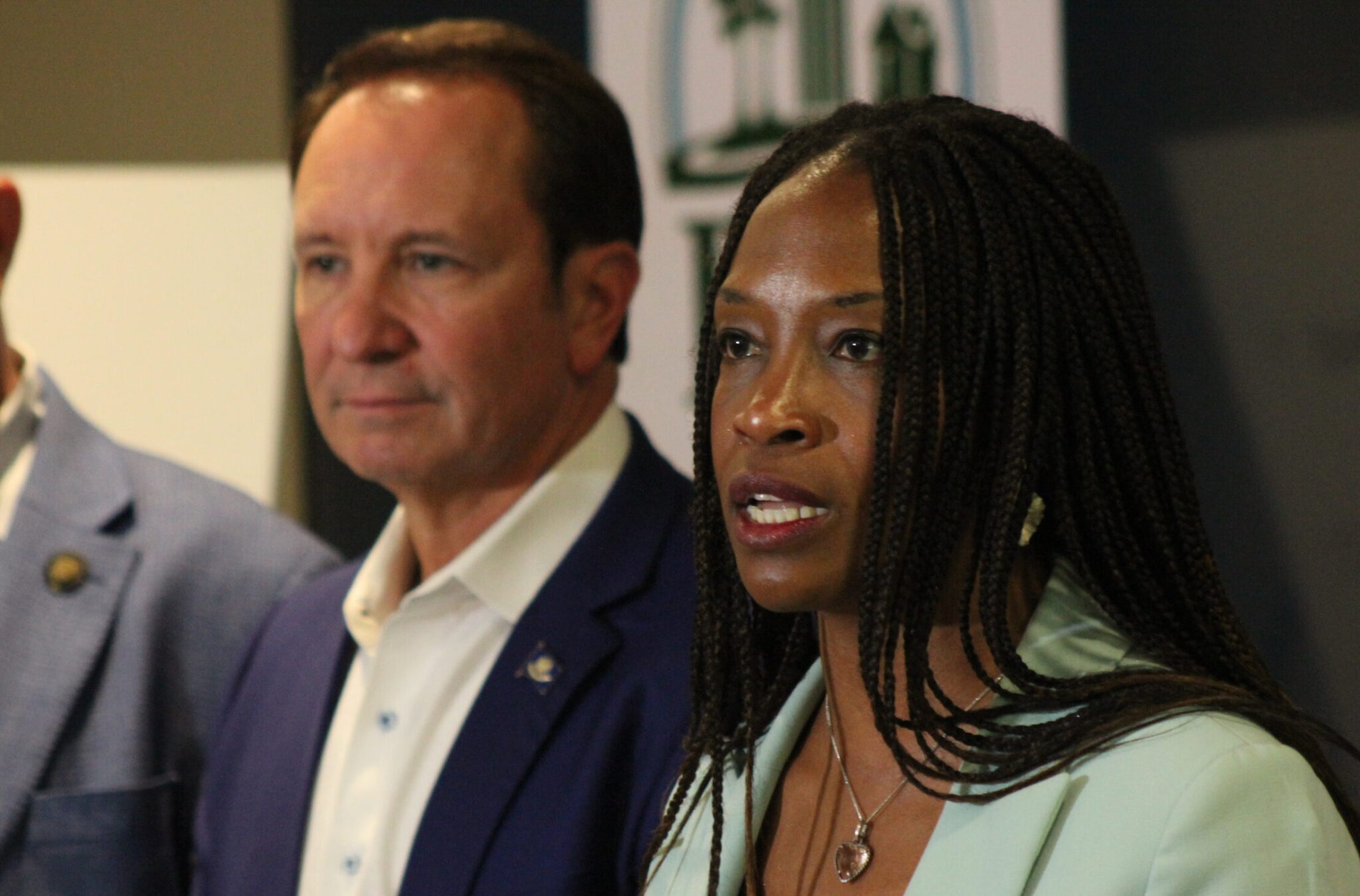
Environmental Shakeup: Aurelia Giacometto's Controversial Exit from Louisiana's DEQ
In a significant shake-up at the Louisiana Department of Environmental Quality, Aurelia Giacometto has departed from her role as secretary amid ongoing controversies. The high-profile exit marks the end of a tumultuous tenure for Giacometto, who had been at the center of mounting scrutiny and challenges during her time leading the agency. Giacometto's resignation comes after a period of intense public and professional pressure, highlighting the complex dynamics within Louisiana's environmental leadership. While specific details surrounding her departure remain limited, the move signals potential shifts in the department's approach to environmental regulation and governance. The departure of such a key administrative figure typically raises questions about the future direction of environmental policy in the state. Stakeholders and environmental advocates are now closely watching to see who will be appointed to fill the critical leadership position and what changes might accompany the transition. As the Louisiana Department of Environmental Quality moves forward, Giacometto's exit represents a pivotal moment for the agency and its ongoing mission to balance environmental protection with the state's economic interests.


